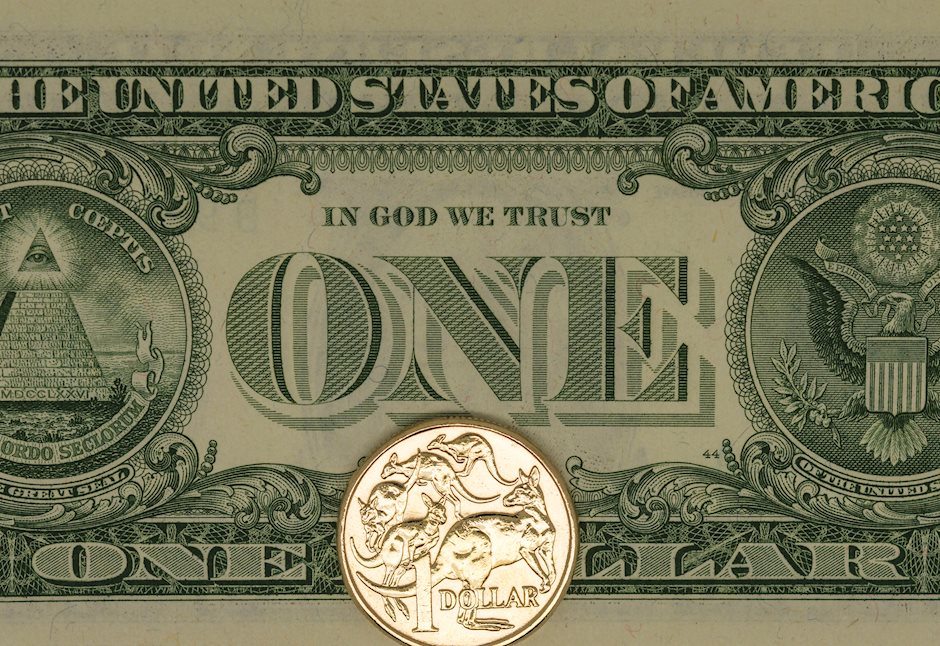AUD/USD slumps to yearly low near 0.6340 with Fed’s policy on the horizon
- AUD/USD falls sharply to near 0.6340 amid a cautious market mood ahead of the Fed’s policy announcement.
- The Fed is expected to signal fewer interest rate cuts for 2025.
- Souring consumer sentiment in Australia has boosted RBA dovish bets for the February meeting.

The AUD/USD pair tumbles to near the annual low around 0.6340 in the European session on Tuesday. The Aussie pair weakens as the US Dollar (USD) moves higher amid firm expectations that the Federal Reserve (Fed) could signal a more gradual policy-easing approach in its policy meeting on Wednesday after reducing interest rates by 25 basis points (bps) to 4.25%-4.50%.
According to the CME FedWatch tool, traders have priced in a 25-bps interest rate reduction on Wednesday but are leaning toward a pause in the policy-easing spell in January 2025. The tool shows that the Fed is 80% likely to leave interest rates unchanged in next month’s policy meeting.
The US Dollar Index (DXY), which tracks the Greenback’s value against six major currencies, climbs above 107.00. Market sentiment remains risk-averse as S&P500 futures are significantly down in European trading hours. 10-year US Treasury yields climb to near 4.42%.
In Thursday’s session, investors will focus on the monthly Retail Sales data for November, which will be published at 13:30 GMT. The Retail Sales data is estimated to have grown at a faster pace of 0.5% from the former reading of 0.4%.
Meanwhile, the Australian Dollar (AUD) performs weakly across the board amid a dismal market mood and growing speculation that the Reserve Bank of Australia (RBA) could start reducing its key Official Cash Rate (OCR) from the February meeting.
A 2% decline in Australia’s Westpac Consumer Confidence in December compared to a 5.3% increase in November has raised concerns over the economic outlook. Rising concerns over China’s growth due to incoming tariffs from US President-elect Donald Trump have also weighed on the AUD, given that Australia is China's leading trading partner.
Australian Dollar FAQs
One of the most significant factors for the Australian Dollar (AUD) is the level of interest rates set by the Reserve Bank of Australia (RBA). Because Australia is a resource-rich country another key driver is the price of its biggest export, Iron Ore. The health of the Chinese economy, its largest trading partner, is a factor, as well as inflation in Australia, its growth rate and Trade Balance. Market sentiment – whether investors are taking on more risky assets (risk-on) or seeking safe-havens (risk-off) – is also a factor, with risk-on positive for AUD.
The Reserve Bank of Australia (RBA) influences the Australian Dollar (AUD) by setting the level of interest rates that Australian banks can lend to each other. This influences the level of interest rates in the economy as a whole. The main goal of the RBA is to maintain a stable inflation rate of 2-3% by adjusting interest rates up or down. Relatively high interest rates compared to other major central banks support the AUD, and the opposite for relatively low. The RBA can also use quantitative easing and tightening to influence credit conditions, with the former AUD-negative and the latter AUD-positive.
China is Australia’s largest trading partner so the health of the Chinese economy is a major influence on the value of the Australian Dollar (AUD). When the Chinese economy is doing well it purchases more raw materials, goods and services from Australia, lifting demand for the AUD, and pushing up its value. The opposite is the case when the Chinese economy is not growing as fast as expected. Positive or negative surprises in Chinese growth data, therefore, often have a direct impact on the Australian Dollar and its pairs.
Iron Ore is Australia’s largest export, accounting for $118 billion a year according to data from 2021, with China as its primary destination. The price of Iron Ore, therefore, can be a driver of the Australian Dollar. Generally, if the price of Iron Ore rises, AUD also goes up, as aggregate demand for the currency increases. The opposite is the case if the price of Iron Ore falls. Higher Iron Ore prices also tend to result in a greater likelihood of a positive Trade Balance for Australia, which is also positive of the AUD.
The Trade Balance, which is the difference between what a country earns from its exports versus what it pays for its imports, is another factor that can influence the value of the Australian Dollar. If Australia produces highly sought after exports, then its currency will gain in value purely from the surplus demand created from foreign buyers seeking to purchase its exports versus what it spends to purchase imports. Therefore, a positive net Trade Balance strengthens the AUD, with the opposite effect if the Trade Balance is negative.
Author

Sagar Dua
FXStreet
Sagar Dua is associated with the financial markets from his college days. Along with pursuing post-graduation in Commerce in 2014, he started his markets training with chart analysis.

















